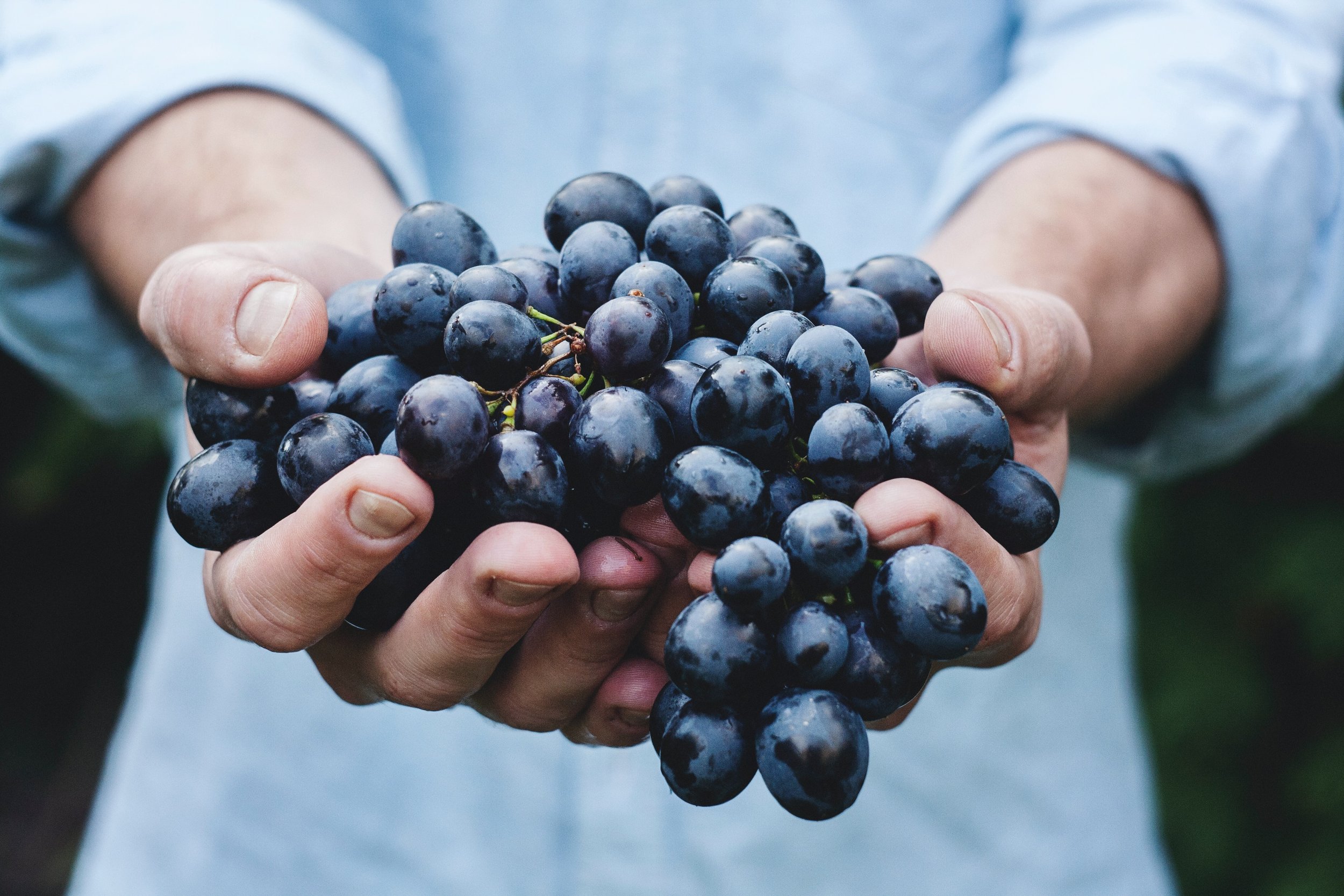The Three Types of Wine Aromas
Did you know there are 3 main types of wine aromas?
Identifying wine aromas can be overwhelming and intimidating for so many folks — from people just beginning to learn about wine all the way to experienced wine professionals. Why?
Everyone's olfactory system (i.e. our sense of smell) is unique, so what you may be getting on the nose when drinking wine may not be what someone else is experiencing in their glass... so we doubt ourselves. Or, we question whether we truly smell a familiar note, or if it's just something we read on the back of a wine label or on the tasting notes handout at a winery.... Example: How many times have you heard the word "Black Currant" to describe wine? #inception
Today, I will try to ease the confusion by sharing the three general steps in winemaking, and the three "high level" wine aromas that result. Let’s dive in...
1) Primary aromas: These are the aromas that exist in a wine after fermentation. These aromas can come both from the grape varietal itself and the fermentation process (Ex: fruit, floral, herbs).
2) Secondary aromas: These aromas are created post-fermentation during the winemaking process. The most common secondary aromas develop during oak aging in barrel (like vanilla and toast) and malolactic fermentation (like butter, cream, and biscuits).
3) Tertiary aromas: These aromas develop with extended barrel aging and/or when a wine is aged in bottle. These aromas develop due to the wine’s exposure to oxygen and can give a wine aromas like coffee, toffee, caramel, and stewed fruits.
Next time you take a sip of your vino, try and identify which of these 3 types of aromas you're picking up.
My philosophy is that if you can look at wine with a "big picture" mindset, it will be easier to move into identifying and describing the nuances of the wine from there.
